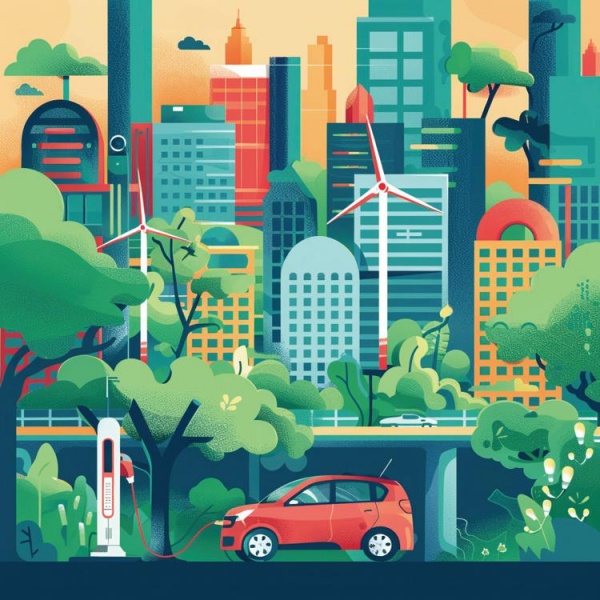EV: Keys for climate fight wins
China's rapid adoption of new energy vehicles is opening the window for global decarbonization
From Chinadaily.com.cn

China's rapid adoption of new energy vehicles is opening the window for global decarbonization
Every summer is a reminder of the urgency of climate change. Last year in July, the global average temperature rose to a record high. This summer, the flood, hurricane and extreme high temperatures again ring warning bells about the most imminent and grave threat to humanity. Accordingly, what is the most effective way to limit the global warming should be the prioritized topic for the global agenda. And from that imperative, the progress of global electric vehicle industry is definitely to be celebrated, especially the new milestone of China's EV adoption rate of 35.2 percent.
To transition away from fossil fuels, as announced and reaffirmed last year at COP28 in Dubai, the world needs to use green electricity as the major power source, and electrify the end use. Driven by rapid development of the EV sector, the recent automobile industry revolution is not only for the purpose of competitiveness, but for the promotion of the energy transition.
The development of China's EV industry can also be categorized into these solid actions. Transportation, which is a major source of emissions on the energy consumption side, accounts for about 10 percent of China's national carbon emissions. Transportation could be effectively decarbonized with the utilization of EVs. China's EV sales have experienced super-fast growth in the past decade, since its first climate commitment in 2009 in Copenhagen, and the country has become the world's largest EV market. In 2023, China accounted for 63.5 percent of the world's new energy vehicle sales. EVs took off around 2020, with a rapid growth in sales. There were 1.37 million new energy vehicles (primarily EVs) sold in 2020. In 2023, the number had soared to 9.50 million, even though purchasing subsidies was started to be phased out from 2016 and completely done around 2022.The high penetration rate of new energy vehicles in China stems from its large production capacity and cost effectiveness, which functions as a solid foundation for serving the 1.4 billion consumer market.